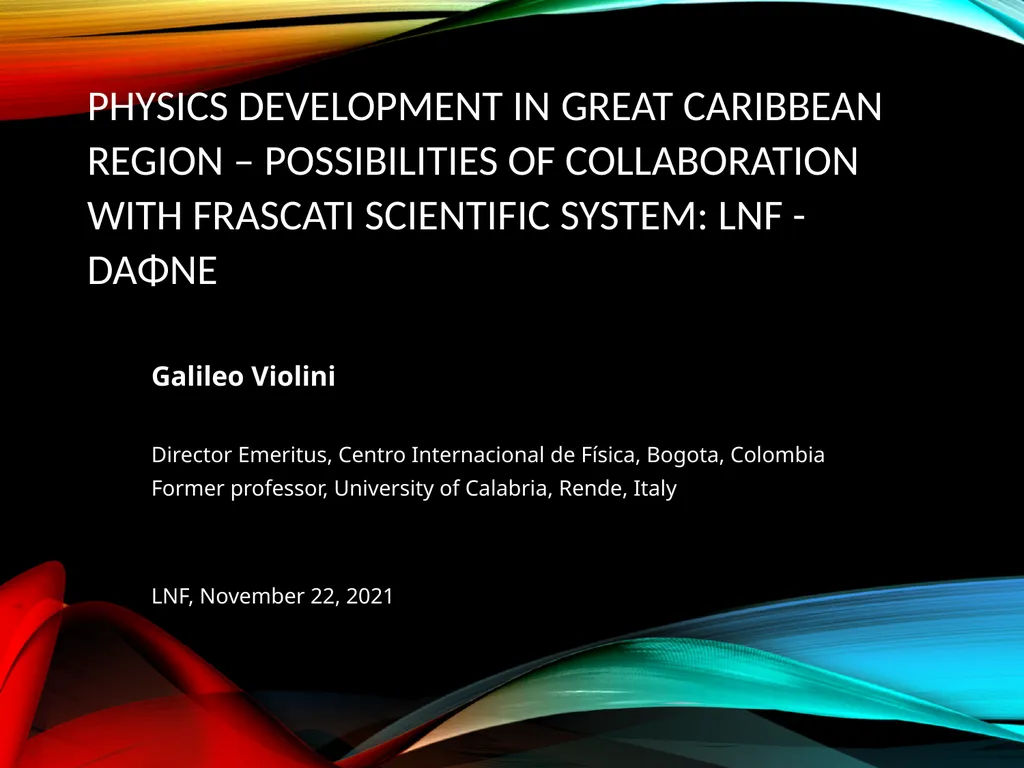
Physics Development in Great Caribbean Region –
Author: cheryl-pisano | Published: 2025-06-27
Description: Physics Development in Great Caribbean Region Possibilities of collaboration with Frascati scientific system: LNF - DAΦNE Galileo Violini Director Emeritus, Centro Internacional de Física, Bogota, Colombia Former professor, University of
Download Presentation
Download the PPT/PDF: Download
Transcript:
Loading transcript�